Everyone knows perfectly well about the existence of oil and products made on its basis. At the same time, even the student is aware that the extraction of black gold is carried out from the bowels of the earth. On the whole planet, as reality shows, there are not so many states in whose territory oil is extracted. Most of them are called countries that are part of OPEC. We will consider them in this article.

basic information
So, before revealing the topic, we first find out what OPEC is all about. This abbreviation translated from English means "Organization of Petroleum Exporting Countries." In fact, this is a worldwide cartel, the main purpose of which was to regulate oil production, as well as control its price.
Key points
The countries that are part of OPEC currently control about two-thirds of all world oil reserves. The states of this organization account for 40% of the total world production of black gold. It is worth noting that Canada and OPEC did not pass the peak of oil in the modern era, the composition of the countries of which will be given below. In turn, the Russian Federation, the oil peak was already far from us in 1988. The composition of OPEC was then initially somewhat different from the present. The organization itself was formed during the Baghdad Conference, which was held from September 10 to September 14, 1960. The initial members of the newly created structure were such states as Kuwait, Iraq, Iran, Saudi Arabia and Venezuela. By the way, it was the latter that initiated the creation of the cartel.
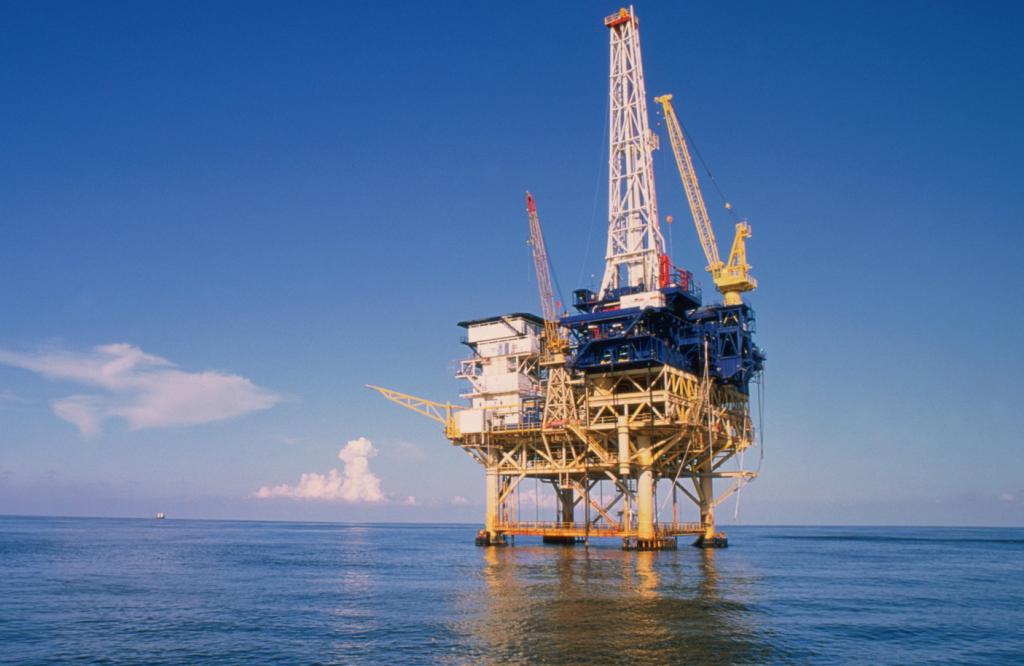
Interesting fact. Great Britain, Oman, Norway, Mexico, Brunei and even the now defunct Soviet Union have never been part of OPEC.
History reference
By the time the first OPEC was formed, the world market had significant surpluses of oil offered for sale. This excess was formed largely due to the fact that the active development of simply colossal oil sources in the Middle East began. The Soviet Union also actively entered the world stage, which during the period from 1955 to 1960 doubled the volume of black gold extracted from the bowels of the earth. This state of affairs led to a significant increase in competition in the world market, which quite logically ensured a constant decline in prices.
Note that at that time the world oil market was completely controlled by seven transnational corporations that worked in the financial interests of exclusively Western powers. For a clear coordination of affairs, these companies created the International Oil Cartel, which kept oil prices in the range of 1.5-3 US dollars per barrel.
Thus, the creation of OPEC was primarily based on the fact that leading oil exporters were able to coordinate as effectively as possible in order to prevent a decrease in world prices for oil products. Well, since in the era of the 1960s the world market was saturated with oil, the OPEC's primary task was to coordinate oil production restrictions in order to stabilize prices.

Background
Before finding out which countries are part of OPEC, we point out the fact that the first signs of the creation of this organization appeared in the 1930s, when oil fields began to be developed in the Middle East. Baghdad was almost the first in the list of oil sources. In 1934, industrial production started in Bahrain, in 1936 in Kuwait, in 1938 in Saudi Arabia, and after the Second World War, in other states.
Due to the fact that these powers did not have their own financial and human resources for oil production, foreigners were involved in the development of mineral resources. Five American companies were ahead of everyone in this matter: Exxon Mobile, Texaco, Mobile Oil, Standard Oil Company of California, Gulf Oil. Also joined by the British in the face of British Petroleum.
The impudence of the so-called investors was so great that these people openly ignored the requirements and laws of those countries in whose territory they extracted oil. Moreover, the Americans and the British began to control the natural resources and economic activities of the powers that have oil in their land. And in 1960, the first serious victory of the states that opened their bowels to foreigners took place, since OPEC was created. This turn of events was largely contributed by both the situation directly in the Middle East and the international economic situation.
Moreover, in most oil-producing countries, oil is the main source of attracting foreign currency. Due to the extremely backward structure of the economy, the external trade operations of these states are based on only one oil. For example, in the UAE, Libya, and Saudi Arabia, the share of petroleum products in own exports is 100%. In Iraq, this figure is 99%, Qatar - 98%, Kuwait, Iran, Nigeria - 93%, Algeria - 85%, Gabon - 77%, Indonesia - 69%.
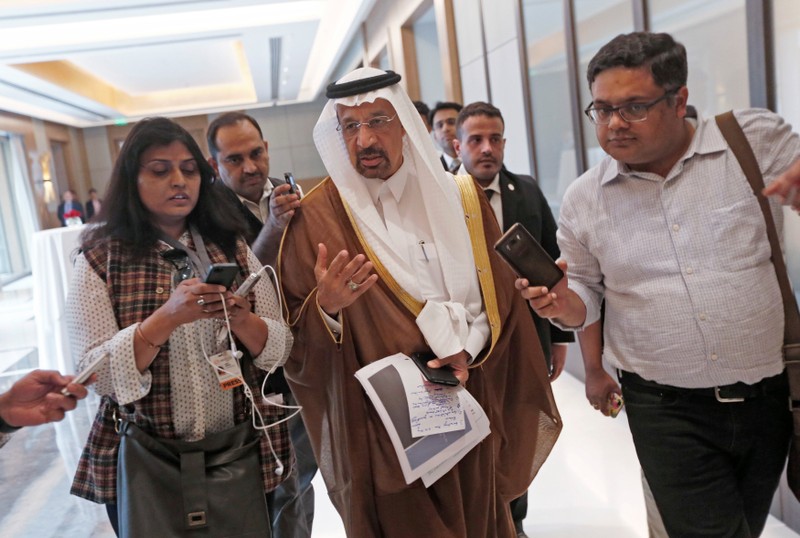
The struggle for independence
The countries that are part of OPEC today, half a century ago, were dependent states and therefore tried in every possible way to get rid of the foreign yoke. This situation, of course, contributed to a significant convergence of their interests. However, independently, none of the oil states could defeat the so-called investors. In particular, in 1951, Iran made an attempt to nationalize the Anglo-Iranian Oil Corporation on its territory, but immediately fell under the crazy economic pressure from the United States, Great Britain and the International Oil Cartel, which was still very powerful at that time.
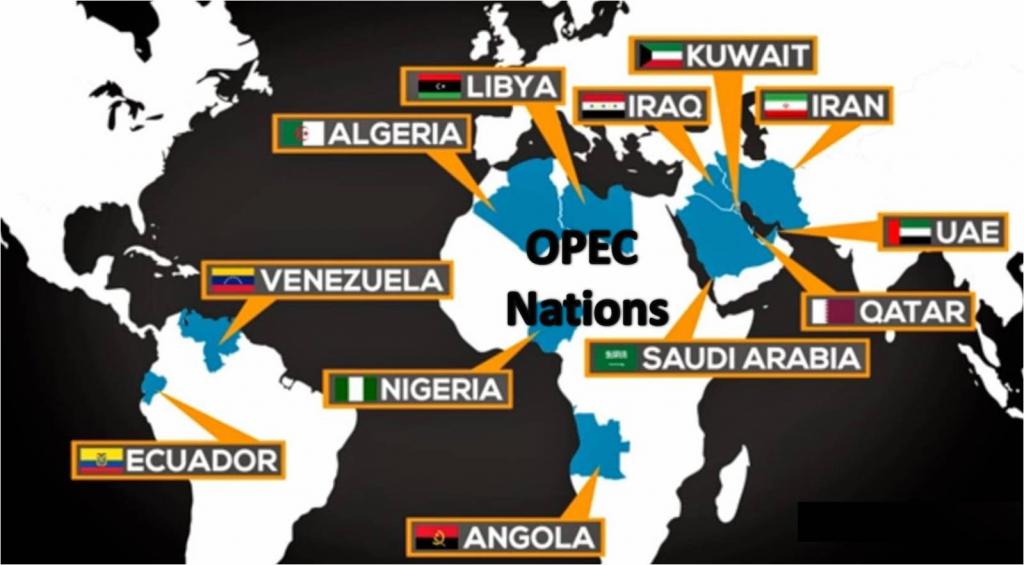
Timid steps
Back in 1949, a certain rapprochement of oil-producing countries took place at the initiative of Venezuela. This power made contact with the states of the Middle East and proposed to find ways for further mutually beneficial cooperation. But unfortunately, then this venture failed, since the Arab partners were not yet truly independent and had different monarchical regimes that were not too inclined to a full-fledged dialogue. Largely because of this, the initiative of Venezuela failed.
In 1959, oil companies unilaterally lowered the price of raw materials. And therefore, only one Venezuela lost at that moment huge money at that time - 140 million dollars. This state of affairs has led oil exporters to come together and hold the First Arab Oil Congress, which was held in Cairo. Its participants demanded in the final resolution from the companies mandatory consultations with the leadership of the oil-producing powers before making any decision regarding the cost. It was also proposed to create an advisory commission on oil issues.
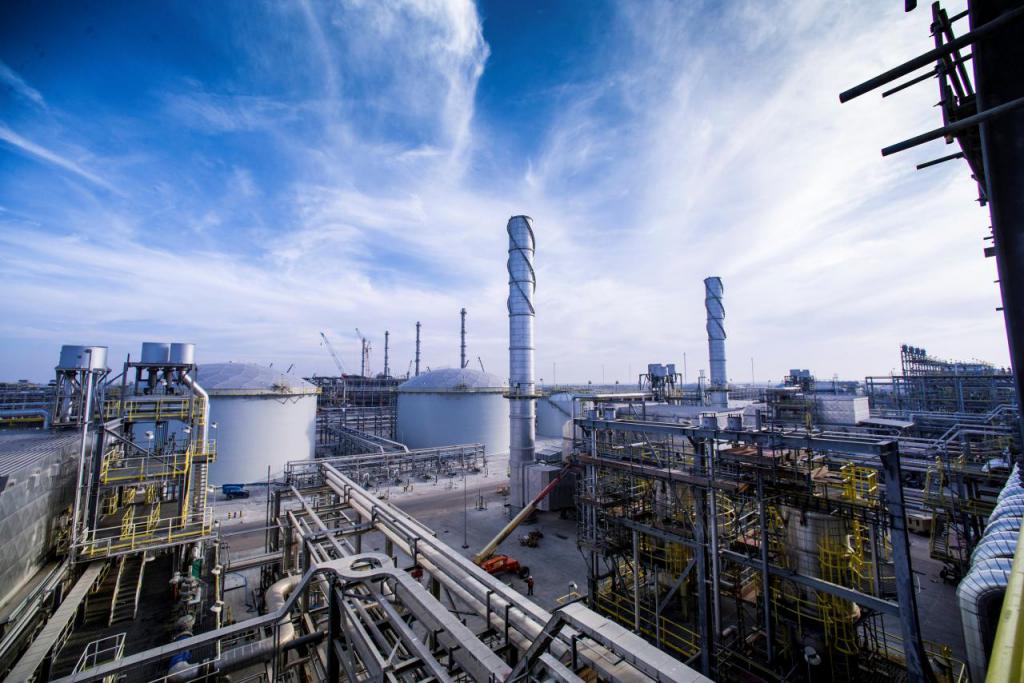
New player
On September 14, 1960, OPEC was established in Baghdad. The organization initially consisted of only five countries, but expanded over the years to 12. Each state within OPEC has gained the right to independently control its natural resources and exploit them taking into account exclusively national interests. On September 1, 1965, the Secretariat of this international organization began to be based in Vienna.
How it works?
The composition of OPEC has changed several times over the years this structure has existed. However, to this day, the main governing bodies of the organization are always:
- The conference.
- Tip.
- Secretariat.
The conference is the most influential body, and the highest position is the Secretary General.Twice a year, business meetings of energy ministers and other relevant specialists take place. But in any case, the main task of these meetings is to determine the state of the international oil market. In addition, cartel members are developing a clear plan to keep the situation stable. Particular attention is also paid to forecasting the future situation in the oil market.
Note that OPEC, consisting of 12 countries, possessed most of the world's oil fields. In the era of the 1990s, Gabon left the organization, and Ecuador independently decided to suspend its membership in this alliance until October 2007. The Russian Federation received observer status in 1998.
In the cartel, there is such a thing as a “basket” of OPEC. In short, this term implies the arithmetic mean value of the prices of those grades of oil that are produced on the lands of the member states of the organization.
We list the countries that make up OPEC. The list of these powers to date is as follows:
- Iran.
- Iraq.
- Kuwait.
- Algeria.
- Angola
- Gabon.
- Libya.
- Qatar.
- Nigeria.
- Ecuador.
- Saudi Arabia.
- UAE
- Equatorial Guinea.
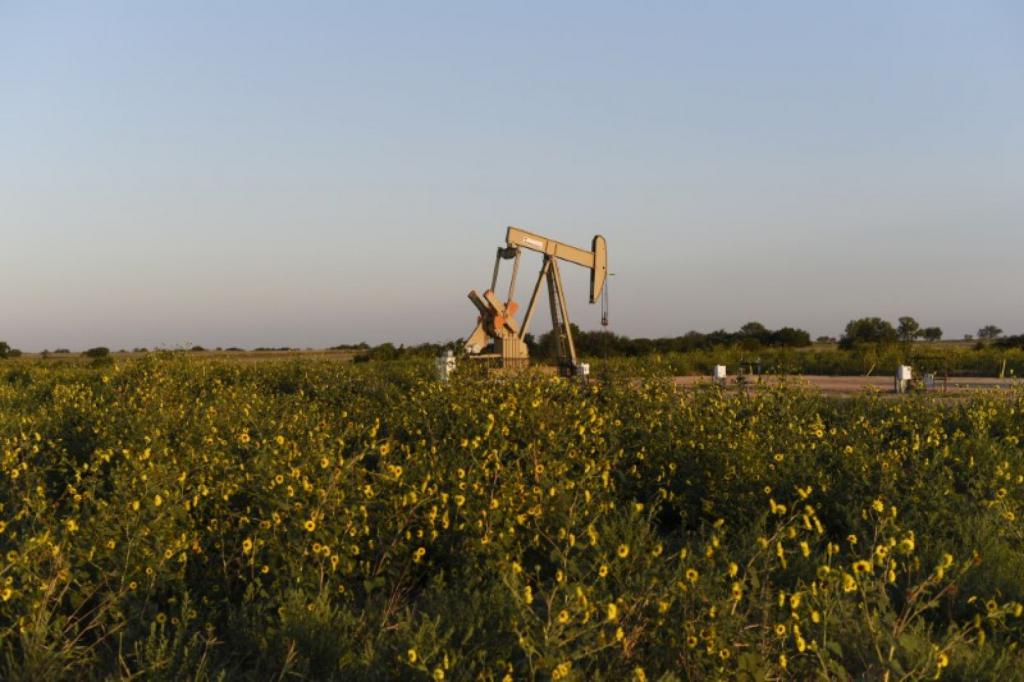
Recent meetings
In early 2016, OPEC members gathered to reach an agreement that could satisfy all participants. However, the Saudis did not even hide that they did not even plan to discuss a decrease in their own oil production. Iran was of the same opinion.
On the last day of November 2017, another meeting of the organization was held, but then again, it was not possible to reach an optimal agreement. In this regard, experts are of the opinion that oil prices are unlikely to stabilize in 2018.
In 2015, the Russian Federation was invited to join OPEC as a full member, but the former post-Soviet state refused emphatically.
